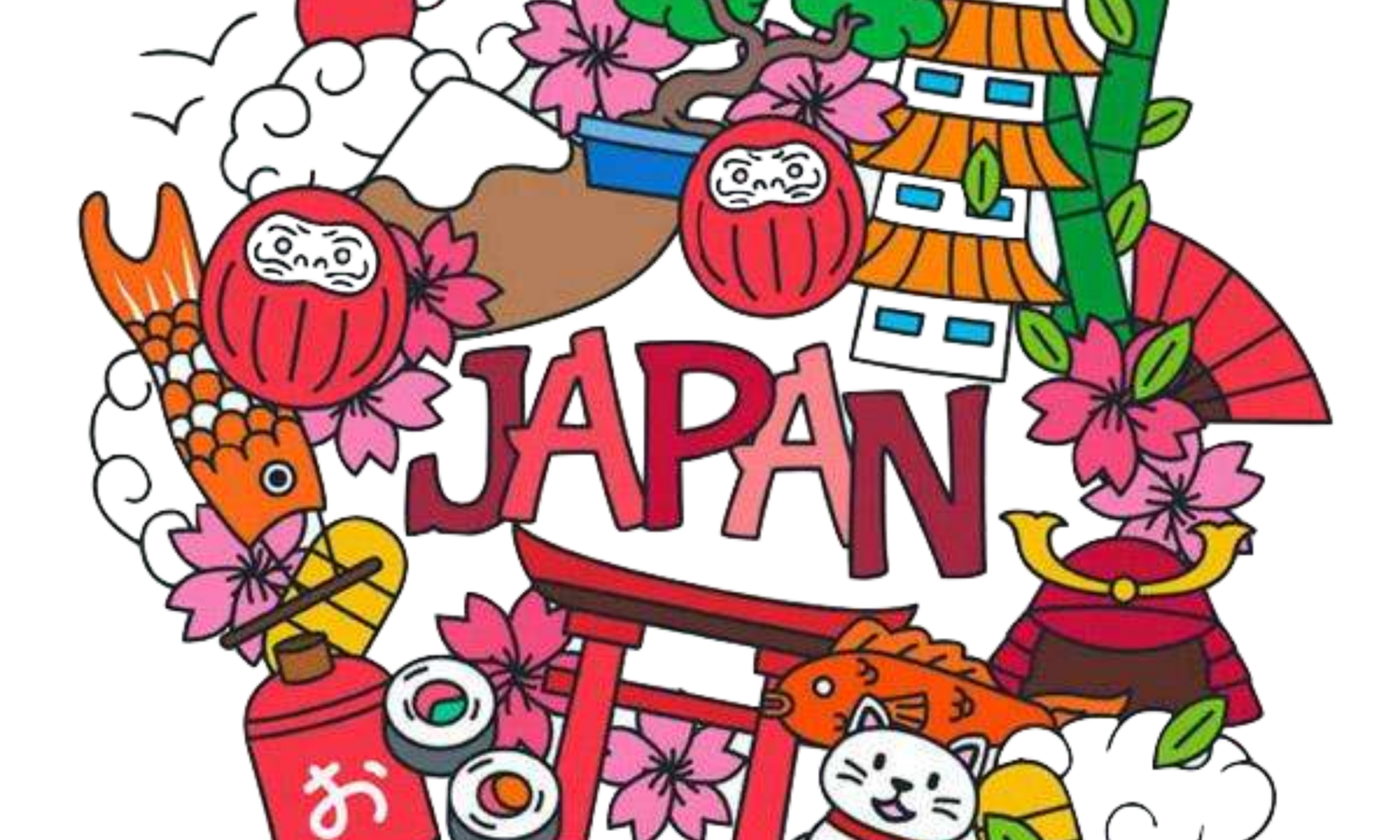You can taste Amanoto, Asamai Shuzo from Akita prefecture, and Aizuhomare, Homare Sake Brewery Co.,Ltd. from Fukushima prefecture.
Amanoto (Asamai Shuzo)
Founded in 1917. Asamai Shuzo is located in center of the Yokote Basin in southern Akita Prefecture. Yokote Basin is known in Japan as an area of heavy snowfall, and for agricultural products, mainly rice, but also for apples and asparagus, etc. In Yokote city itself has got 5 sake breweries.
The major ingredient of sake, rice, differs from region to region, but breweries tended to use both local rice and rice from other regions, the difference between various regions’ rice varieties has not been given much thought. Recently, however, the sake industry has been increasingly favoring local rice and therefore creating regional differences in sake. This requires an increased interest in the way that growing conditions affect the rice and, therefore, the regional expression of each sake.
Asamai Shuzo takes their sake rice seriously. They brew sake from only by local rice within 5 km from their brewery site. Since 2011 they produce only Junmai sake, which is sake made from only rice, water, yeast, and koji. Sake brewing process is more complicated than wine’s one and 80% of sake is water, because of that it is not very significant characteristic of terroir as much as wine. But Asamai Shuzo’s sake is a kind of sake “terroir”.
Tasting at home by amazon
Amanoto Junmai Daiginjo45 天の戸 純米大吟醸45 720ml 1本 【秋田県】
Aizuhomare (Homare Sake Brewery Co.,Ltd.)
Founded in 1918. Homare Sake Brewery marked the 100th anniversary in September 2018. It is located in Kitakata.
Kitakata is a small town, surrounded by mountains and rice fields in the Aizu region of Fukushima prefecture. Renowned for its traditional storehouses, kura, and ramen, it also boasts eleven sake breweries. Strolling around town, these are easily identifiable from large balls of cedar hanging outside, known as sugidama or sakabayashi, which mark the production of a new sake. When the green needles turn brown, it’s said that the sake has aged enough to be ready for drinking.
The natural geography of Kitakata, and indeed the entire Aizu region, lends itself to the production of high quality sake. The cold climate allows a slower fermentation process and rice has plenty of growing space. Crucially, though, there’s an abundance of water from nearby Mount Iide. This is soft water, which also slows the fermentation process, yielding a sweeter taste.
Fukushima prefecture has become one of the most acclaimed sake-producing regions in Japan. FUKUSHIMA – Fukushima Prefecture was home to the largest number of award-winning sake brands for the sixth year in a row, marking a record in an annual competition, the National Research Institute of Brewing in 2018.
Tasting at home by amazon
Aizuhomare Junmai Daiginjo Kiwami 会津ほまれ純米大吟醸 極 720ml [福島県/中辛口]
Homare Sake Brewery Co.,Ltd. Home page
DATE AND TIME
2018/09/13 (Thu)~2018/09/19 (Wed) 10:00~20:00
You cannot go? Check out ichibansake Event Calendar
LOCATION
Ikebukuro Tobu Department Store B1F
1 Chome-1-25 Nishiikebukuro, Toshima, Tokyo 171-0021
Access
Directly connected to “Ikebukuro station”
Web site
For more information visit, 東武百貨店 池袋店 日本酒催事スケジュール

